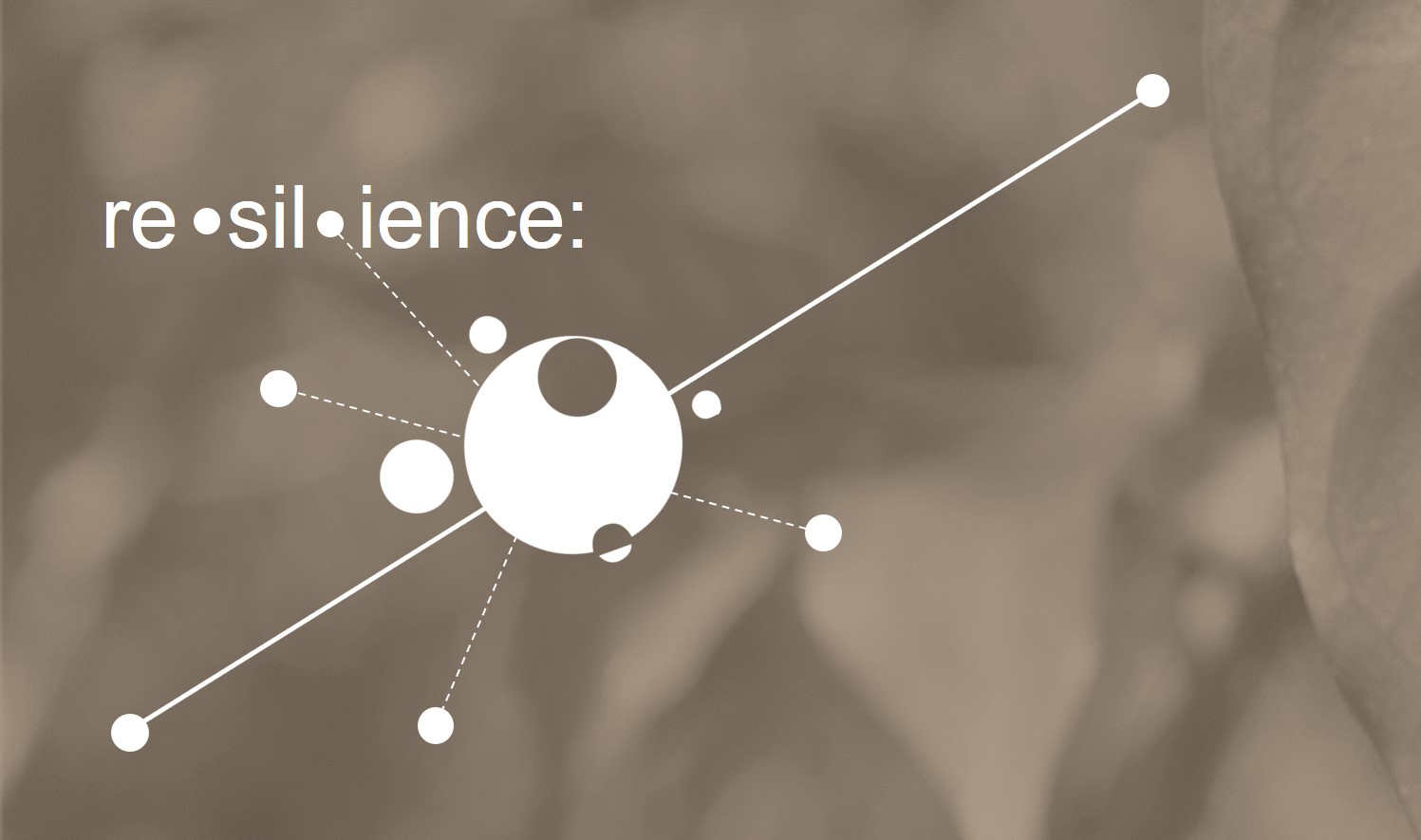By Elena Serfilippi, Coordinator for Resilience Research

There are a number of recent initiatives that have been undertaken to understand resilience better and, while many of them are excellent in terms of their rigour, most share two common shortcomings: complexity and high implementation costs. These shortcomings make them impractical for widespread use by the majority of development projects or supply chain managers. Without a simple, low-cost way to evaluate and measure resilience, access to this vital knowledge is restricted to all but the most well-funded projects that can afford to engage scientific or academic support.
In collaboration with a Working Group of Experts, in 2017 COSA developed a practical tool for measuring resilience. In practice, the COSA Resilience Measurement approach distils the best practices into a practical and relatively low-cost process that permits a clear understanding of resilience while making it more accessible to a broader range of stakeholders. The COSA Resilience Measurement approach began with a thorough review of current global best practices and the growing literature on the topic. It then gathered a Working Group of Experts[1] on resilience in the field to help filter and test the tool so that resilience can be more readily measured, understood, and acted on. Making use of the Working Group learning opportunities and insights is part of the COSA culture.
Below are answers to the three most commonly asked questions about measuring resilience.
1. Why measure resilience?
By understanding the path of long-term sustainability and resilience to adverse shocks, we can prevent people from falling into recurring cycles of poverty that erode gains made toward development and well-being. Making people more resilient is in practice the instrument to ensure long-term sustainable development and accomplish the articulated targets of the Sustainable Development Goals (SDGs).
2. How to measure resilience?
Resilience is a mix of three main capacities, the capacity to absorb the shock, adapt to the changing conditions and to transform. If we need to attribute a definition to resilience we can simply think at it as the capacity of people, communities, or systems to prepare for (absorptive capacity) and to react (adaptive and transformative capacity) to stressors and shocks in ways that limit vulnerability and promote sustainability (Serfilippi and Ramnath, 2017). In other words, the absorptive capacity represents the ability to reduce both risk of exposure to shocks and stressors (preparedness) and to absorb the impact of shocks in the short term (mitigation). The adaptive and transformative capacities, in contrast, will play a crucial role after the shock, since they reflect the farmer’s ability to adapt to the new situation and transform through the support of the surrounding environment (e.g. government) and determine whether the farmer’s well-being is better, worse or the same after the shock as before it. It follows that since resilience is a mix of the three capacities, a good evaluator should find a way to aggregate these three dimensions. That’s why COSA adopts a resilience index based on the simple aggregation of the three capacities. The use of the index allows for comparison between different contexts, and is fundamental to guide policy since it allows both “identification” (i.e. who is resilient) at different levels (farmers, households, communities, nations) and “aggregation” (i.e. defining how characteristics of resiliency can be combined into an aggregate dimension).
3. When should resilience measurement be included in a project?
There are three main situations where the use of the full set or a sub-set of Resilience Key Performance Indicators developed by COSA (R-KPIs) should be considered:
- In projects with limited funding that aim to explore basic facets of resilience such as primary risks and shocks;
- In projects that focus on the diagnosis of key resilience critical factors, in order to better design future resilience interventions; and
- In more robust or complex resilience projects that aim to assess changes in resilience over time due to an intervention and the resilience to a specific shock and its impact on household well being (e.g. food security, poverty, etc.)
Thus, we do not always need a costly evaluation associated with a resilience intervention or a shock to add an aspect of resilience measurement. A general guideline is that the more complex the object of investigation, the larger the set of indicators required.
For more information on the index, please read the resilience issue brief, Resilience Measurement: Differences and similarities with Sustainability.
[1] With the generous support of the Ford Foundation COSA convened the Resilience Working Group which is composed of Lutheran World Relief, International Center for Tropical Agriculture, Conservation International, Sustainable Food Lab, Catholic Relief Services, and Root Capital.





